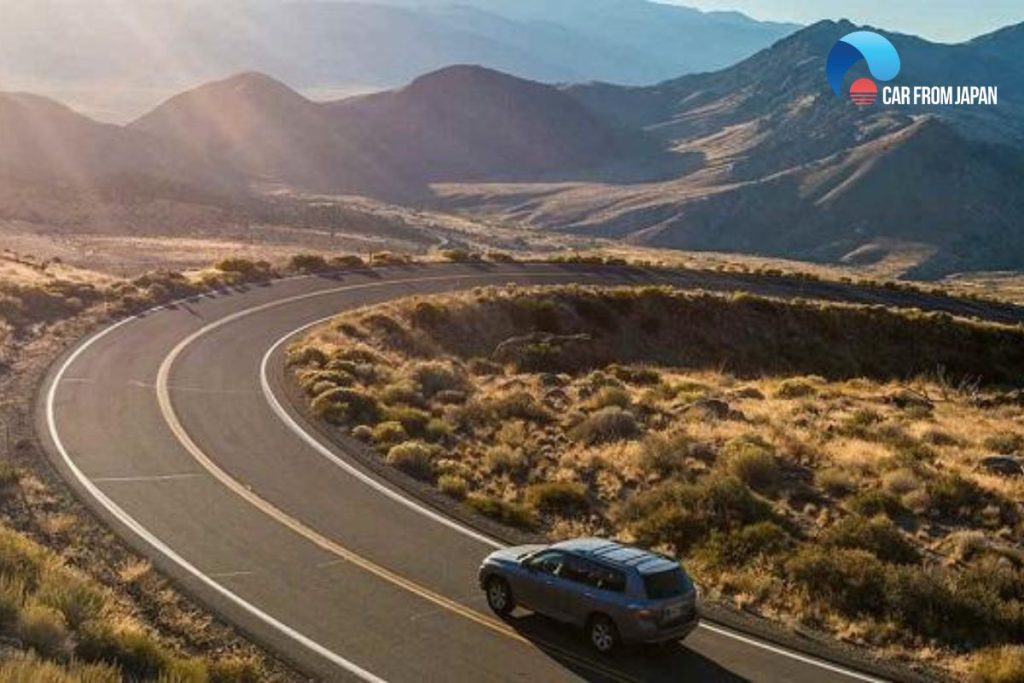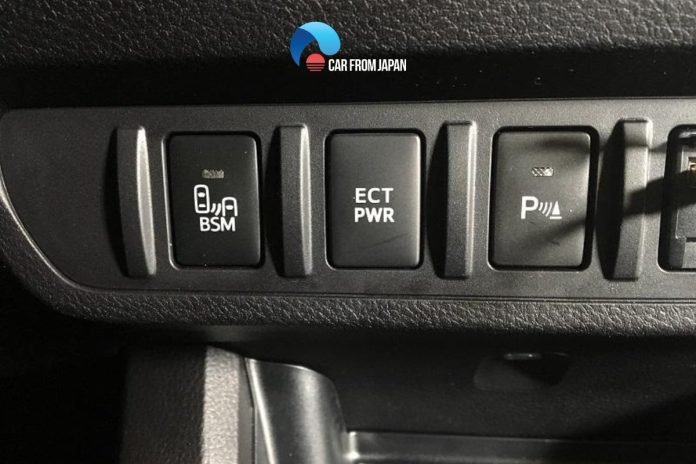If you want to master the skill of driving an automatic car, you have to know the functions of each gear in an auto gearbox along with many other things.
The PWR and MANU buttons are a part of the ECT Mode. These are not required in your day-to-day driving, but knowing their usage will help to get the most out of your auto.
Contents
- The PWR and MANU Buttons
- The Functions of PWR and MANU Modes
- The Danger of Misusing the PWR and MANU Buttons
- FAQs on PWR and MANU Buttons
- Does using the PWR mode reduce engine life?
- Can the MANU button be used like a manual transmission?
- Is there a fuel economy penalty when using PWR mode?
- Can I damage my transmission if I forget to switch out of MANU mode?
- Is it normal for the car to feel “jerky” when PWR mode is on
- Can I use MANU mode while driving downhill for better engine braking?
- Final Words
The PWR is a type of power mode. However, it does not make the car accelerate faster or increase the power. It changes the gearshift points in an automatic transmission and makes it more sensitive to the throttle position.
The button is commonly used at the time of towing a heavy load. It enables the vehicle to adjust the gear ratio according to the towed cargo.
The MANU button allows the driver to control the gear shifting manually. For example, you press the switch when the gear is in the L position, making the gear lock into that position, just like a manual transmission.
You have to manually shift the lever to another gear (it will not move automatically). It is sometimes called Sport mode and used for racing and fuel efficiency.
When the MANU button is pressed, it typically allows the driver to manually select and control the gears or gear ratios of the transmission, rather than relying on the automatic shifting behavior.
This can be useful in situations where the driver wants more control over the vehicle’s acceleration, deceleration, or overall performance.
Once in manual mode, the driver can typically use additional buttons or paddle shifters located on the steering wheel or the gear lever to shift up or down through the gears.
This gives the driver the ability to hold a gear longer for increased engine braking or to downshift for more immediate acceleration.

The Functions of PWR and MANU Modes
What happens when you push the PWR and MANU buttons? Let’s find out what they do to an automatic car!
How does the ECT PWR work?
It holds the transmission in a lower gear to a higher RPM, making the vehicle prone to downshifting to gain more power.
Let’s say, you are driving on the highway at 100mph and then start climbing a steep road at the same speed.
Pushing the button at that time will make the car rev, drop two gears, and give a sudden burst of torque. As a result, you will be able to drive up the hill faster than usual.
Additionally, the ECT PWR mode may also adjust the throttle response, making it more sensitive to driver input. This means that a slight press on the accelerator pedal can result in a more immediate and aggressive response from the engine.
It’s important to note that the ECT PWR mode primarily affects the behavior of the automatic transmission and throttle response.
Other vehicle systems, such as suspension or engine power output, are typically not directly influenced by this mode.
See More: Different Types of Automatic Transmission
How does the ECT MANU work?
Switching it on will hold the gear and won’t release it until you switch it off. For instance, you are driving at 60mph and at the 3rd gear.
Pushing the MANU button will make the car hold onto that third gear without dropping the RPM, just like a manual car.
The RMP will go down in a normal automatic car when you release the gas but that won’t happen when the MANU is ON.
Using this option will give the best result in two conditions – during high-speed overtakes and climbing a hill.

The PWR mode is practically harmless. The car will never cross the rev limit when this function is ON. So, there’s no chance of accidental damage.
The MANU mode, on the other hand, could be a reason for engine and transmission damage. For example, you are driving at 45mph in the 3rd gear and with the MANU mode ON.
If you drop the speed to less than 35mph and again speed up without changing the gear, you will cause stress in the camshaft and other related engine parts.
Doing it frequently will destroy the engine!
Does using the PWR mode reduce engine life?
Not directly. But if constantly used, it can cause more engine and transmission wear due to higher RPM operation and increased heat output.
Sort of. MANU (Manual) mode lets you control gear selection manually (via buttons or a gated shifter), but without a clutch. It’s more like a sequential or tiptronic-style system.
Is there a fuel economy penalty when using PWR mode?
Yes, because the car holds lower gears longer and responds quicker to throttle inputs, fuel consumption can increase significantly compared to Normal or ECO mode.
Can I damage my transmission if I forget to switch out of MANU mode?
Usually not! Most systems are smart enough to downshift or upshift automatically at redline or stall speed, but it reduces the benefit of manual control.
Is it normal for the car to feel “jerky” when PWR mode is on
Yes. PWR mode can cause quicker gear changes and more throttle sensitivity, which may feel jumpy or twitchy, especially in older automatic systems.
Can I use MANU mode while driving downhill for better engine braking?
Yes, and it’s a smart move. MANU mode lets you select a lower gear to use engine braking and reduce wear on your brake pads.
Watch this video from theOGRAV4 to learn more about the Power/Manu buttons in a first gen Toyota!
Final Words
The PWR and MANU buttons in an automatic car offer drivers greater control over gear selection and engine performance.
In general, the PWR mode prioritizes acceleration and responsiveness, and MANU mode allows the driver to direct control over gear changes.
Be aware when adapting these functions, as their effect can vary between makes and models.
For more insightful Car maintenance tips, follow Car From Japan today!




I like your tips. They are very helpful. Thank you
You are doing the best which every driver and car owners is benefiting, as for me I have learnt alot and I have gained more knowledge about cares and driving.
Keep it up
Excellent
What you are doing is very good, you are giving us knowledge without paying just free of charge. Thanks alot to you.
This is good for every driver and car owners
Excellent!!!
Keep it up!!
Good info I did understand more about these buttons and how not to destroy your car. Everyone should read this to make cars more useful to them. Thanks very much.
excellent knowledge.need more as i our roads in uganda are bad